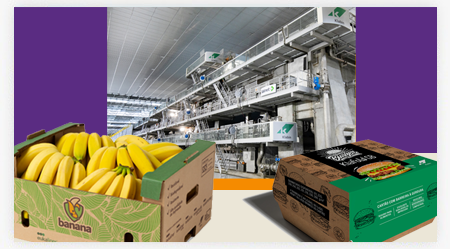Climate change
Climate transition strategy
Created in 2008, it is responsible for adapting the GHG Protocol method to the Brazilian context and for developing calculation tools for greenhouse gas emission estimates.
SEE GLOSSARYThe document also meets a criterion of the CDP, a global information platform for investors: transparency and accessibility of the Climate Transition Plan to stakeholders.
Achieving corporate net-zero emission targets means reducing scope 1, 2, and 3 emissions to zero or to a residual level (a reduction of at least 90%), consistent with achieving global or sectoral net-zero emissions in eligible 1.5°C scenarios or sectoral pathways, and neutralizing any residual emissions by the net-zero target date and any greenhouse gas emissions released into the atmosphere thereafter.
Historical commitment to the climate
Climate Transition Plan at a Glance
GOVERNANCE
The agenda of the Board of Directors includes climate change issues. ESG targets are linked to the variable compensation of executives.
RISK MANAGEMENT AND OPPORTUNITIES
Scenario analysis identifies and assesses the impact of climate risks and opportunities on business performance.
STRATEGIES FOR TRANSITIONAL AND PHYSICAL RISKS
Resilience and financial planning are Klabin's strategies to manage the transitional risks associated with regulatory change.
METRICS AND TARGETS
Klabin's GHG inventories are verified annually by an independent third party. The update of the science-based targets takes into account the 1.5°C increase scenario and the inclusion of new scope 3 categories based on business relevance.
DECARBONIZATION STRATEGY
Replacing fossil fuel consumption with renewable fuels in the Company's operations. Engaging suppliers and customers is part of Klabin's decarbonization strategy, which includes emissions from the entire value chain.
Low carbon technologies
Processes, equipment, systems, and resources that aim to reduce the emission of greenhouse gases, such as carbon dioxide (CO2).
SEE GLOSSARYAll organic matter of plant or animal origin used for the purpose of producing energy.
SEE GLOSSARYCarbon dioxide equivalent is the unit for converting all greenhouse gases (GHGs) in terms equivalent to the amount of as if they were CO2, considering their planet-warming potential. It is the result of multiplying the tons of GHG emissions by their global warming potential.
SEE GLOSSARY
Learn more at:
Main challenges
-
The new emissions reduction target submitted to the SBTi poses the challenge of reducing 42% of absolute emissions from scopes 1, 2, and 3 by 2030, with a base year of 2022.
-
The commitment to limit the Earth's temperature increase to 1.5oC, which Klabin has joined, is challenging, considering that there has already been a 1.1oC rise since the pre-industrial period. (Source: IPCC)
-
Klabin undertakes the commitment to revise its targets, which are quite challenging, whenever, considering its growth strategy, a project has the potential to significantly increase GHG emissions.
-
Engagement and development of relevant suppliers and clients in the Company's value chain emissions reduction plan.











